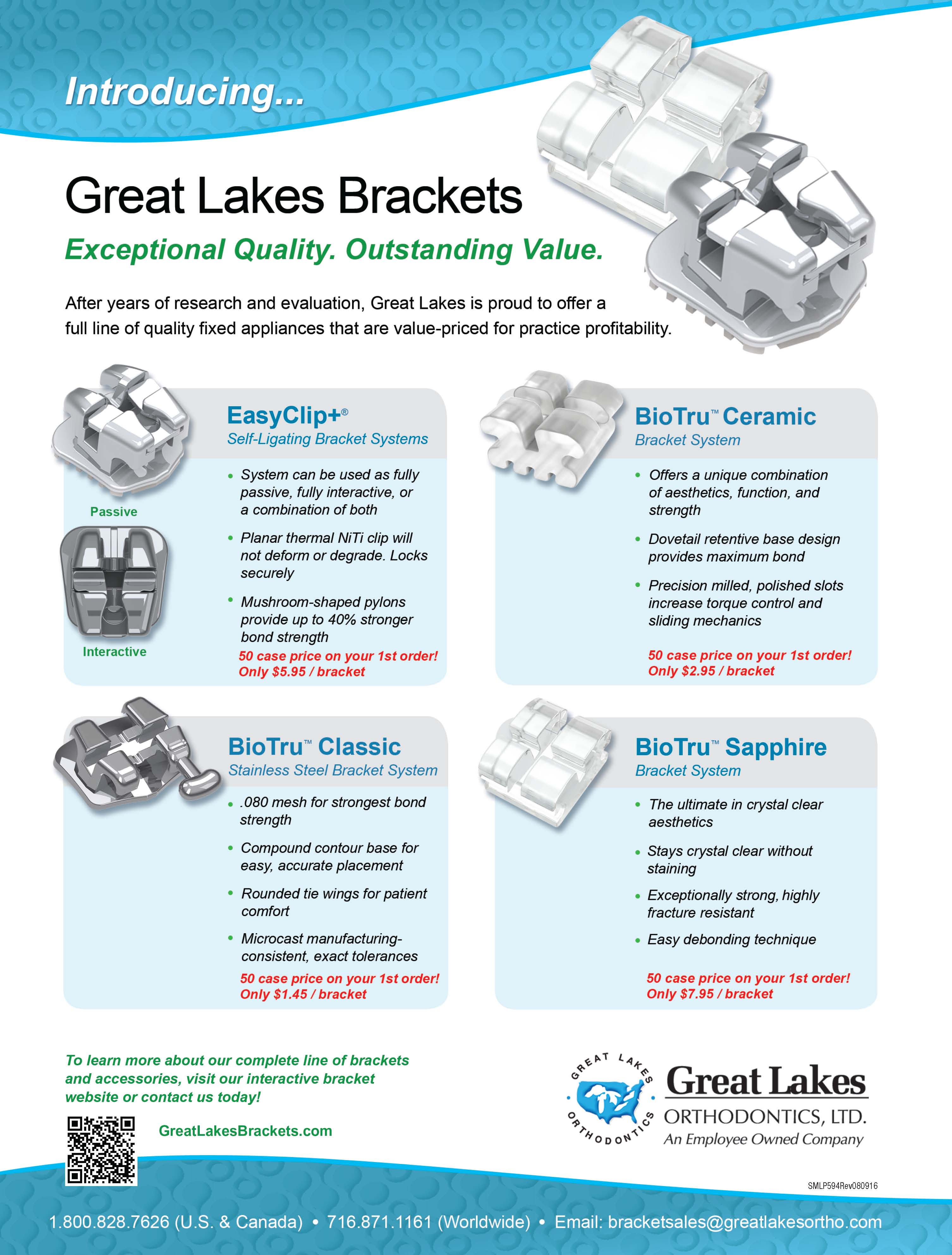There is an old saying, the origin of which has been clouded by repetition, that the devil is in the detail. In clinical orthodontics, it might be better phrased as “the devil is in the lack of detail”. One characteristic that clearly marks an excellent clinician—whether that clinician is an orthodontist, a prosthodontist, a veterinarian, or a neurosurgeon—is a particularly close attention (sometimes bordering on the obsessive) to fine details.
Early in my academic career, I watched as a senior clinician in our training program, an internationally renowned clinical orthodontist, inventor, lecturer, and author, threw what my grandmother would refer to as a “hissy fit” over the anatomy of a typodont. He was outraged that the occlusion of the typodont—supplied by the orthodontic manufacturer that was, at the time, producing his eponymous prescription appliance—did not meet his exact specifications. He was furious that the buccal contour of the lower premolars was not perfect. He left no doubt that the manufacturer’s lack of attention to minute detail had resulted in a devilish outcome with respect to his teaching typodonts, especially since they were being used to train our first-year specialty students. When I examined one of the damnable typodonts closely (at least by my standards), I really had to stretch my imagination to find anything wrong with it.
Similar articles from the archive:
- THE EDITOR'S CORNER Quantifying Facial Esthetics November 2016
- THE EDITOR'S CORNER The Orthodontist as Sculptor August 2015
- THE EDITOR'S CORNER Escape from the Twilight Zone September 2016
Nearly two decades have passed since this episode; over those years, I have made a determined effort to mimic this mentor’s passionate attention to detail. Although I will never match him in terms of clinical excellence, his example has helped make me a pretty good orthodontist.
In one of his excellent books, my senior colleague expressed the opinion that the ability to bend wires was the defining characteristic of an outstanding clinical orthodontist.
Nowadays, that distinction more appropriately lies with the ability to place direct bonded brackets with meticulous precision. As I read over a submitted manuscript from Dr. Thomas R. Pitts, “Bracket Positioning for Smile Arc Protection”, it became obvious that Dr. Pitts was as attentive to fine detail in bracket positioning as my mentor was. In this article, published in the current issue of JCO, Dr. Pitts explores the concept of Smile Arc Protection bracket positioning as a way “to protect or enhance the smile arc”. The cases he presents in support of his technique are most impressive.
Many orthodontists place their brackets according to some predetermined height specifications. Various bracket-positioning guides are available for this purpose; I use one of them every time I strap up a case. While it results in an entirely acceptable final product—a functional occlusion with an attractive smile—it has a tendency to flatten the patient’s innate smile arc. After reading Dr. Pitts’s article, I realized (not for the first time) that there is always room for improvement. Again, the devil is in the lack of attention to detail.
Dr. Pitts offers specific recommendations for bracket heights, right down to the tenths of millimeters, with the ultimate goal of closely protecting the smile arc. Also addressed are the issues of compensation for greater width in the upper posterior teeth, minimizing negative space in the buccal corridors; optimal axial inclination of the upper anterior teeth, following the curvature of the lower lip in a posed smile; and proportionality between enamel display and gingival display when the smile is assessed in natural head position. Dr. Pitts’s principles have caused me to reexamine some of my own procedures and to pay much closer attention to the minute details of bracket positioning, in terms of its effects on the wire and occlusal planes and the protection and enhancement of each individual patient’s smile arc.
I urge you to undertake a similar self-reexamination to help develop your own meticulous attention to detail, thus expunging the devils from your clinical technique.
RGK



